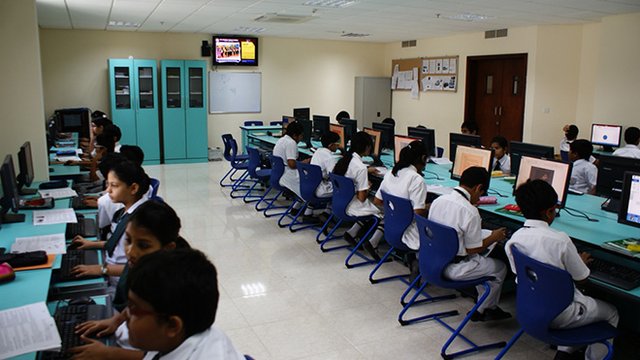Education in India has come a long way. There are various boards in India which follow different curricula to educate millions of students and they all range in the standard of education, regional differences, and their prices. The schools could be public or private as determined by the land owned. Modern schools such as the international schools in Gurgaon are renowned for producing children that have received an all-round development; from sports to academic and oratory excellence.
Gurukula system
- It started off with the Gurukula system which entailed students going to the house of the Guru if he/she wished to learn. They requested the Guru to teach them, and the Guru chose whether he wanted to take on the child as a student.
- If the Guru accepted the teaching responsibility of the student, the student had to stay at the Guru’s house, and help in all the household chores. These activities that the student performed helped in creating a stronger bond with the Guru and also in learning all that is needed to manage a house.
- The Guru taught the student subjects such as mathematics, Holy Scriptures, Sanskrit, and metaphysics. The learning process that prevailed at that time focused on nature and its close relationship with the human world, and not on memorization of written information.
- The student remained with the Guru until the Guru thought that he had taught everything he knew. The strength of the bond created between the student and the teacher is indescribable.
Introduction to Western Education
- Lord Thomas Babington Macaulay brought “modern education” to India in the 1830s.
- The curricula included subjects such as mathematics, science, and English. Subjects such as metaphysics and philosophy were considered unimportant and teaching was restricted to classroom education.
- This broke the bond between the student and nature, and as a consequence, between the student and the teacher.
- In 1921, the Uttar Pradesh Board of High School and Intermediate Education was set up. It was the first board in India and exercised a jurisdiction over Rajputana, Central India, and Gwalior.
- In 1929, schools were run under the board of High School and Intermediate Education which was set up in Rajputana.
Education in the post-Independence Era
- In 1952, the CBSE board was set up and it overlooked all the schools from Delhi and neighbouring regions. There was a radical change in the curriculum, textbooks, and the examination system.
- The need for skilled manpower induced the government to take conscious steps and recognizing education as a fundamental right of every citizen of the country.
Education today
- The education system today is governed by systems beyond the traditional classroom.
- The internet boom and its cheap availability have helped students move beyond the classroom and access information from all over the world.
- Students not only study in schools under the guidance of the teacher but also refer to online websites and YouTube videos for further assistance in their curricula and subject matter.
- They can understand difficult concepts from people all over the world and get expert opinions on their subject matter.

